Citrus foot rot, also known as skirt rot, rotten cockroaches, spread through the soil, encountering rain water will accelerate the spread of germs, specifically for the citrus roots and roots and roots. In recent years, the incidence rate has risen rapidly, especially in old orchards. After the illness, the citrus tree is weak, the leaves are dry and yellow, causing a large number of fruit drop, which causes the output to drop sharply and even cause a large number of orange trees to die.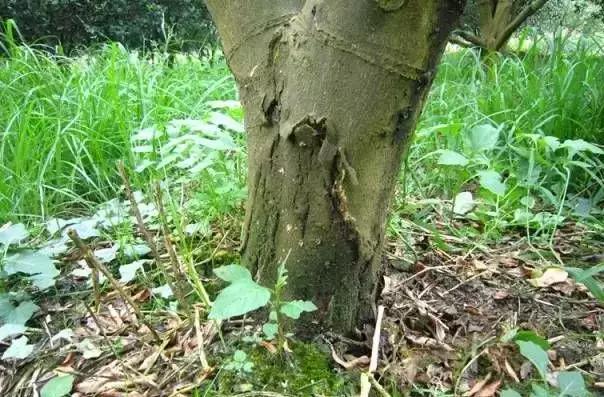 柑橘脚 Rot can cause the cortex at the base of the trunk to rot. In the early stage of the disease, the bark of the diseased part was irregularly wet and rotted, and the brown color often exuded brown gum, and the bark rotted with distiller's smell. When the condition is aggravated, it can cause the bark to dry and fall off. It is said that "the person lives a face and the tree lives a piece of skin". The tree without the bark is not only protected, but also difficult to transport water and nutrients. During the hot and rainy season, the lesions spread rapidly and spread downwards, causing a large amount of decay of the main, lateral roots and even the roots.
柑橘脚 Rot can cause the cortex at the base of the trunk to rot. In the early stage of the disease, the bark of the diseased part was irregularly wet and rotted, and the brown color often exuded brown gum, and the bark rotted with distiller's smell. When the condition is aggravated, it can cause the bark to dry and fall off. It is said that "the person lives a face and the tree lives a piece of skin". The tree without the bark is not only protected, but also difficult to transport water and nutrients. During the hot and rainy season, the lesions spread rapidly and spread downwards, causing a large amount of decay of the main, lateral roots and even the roots.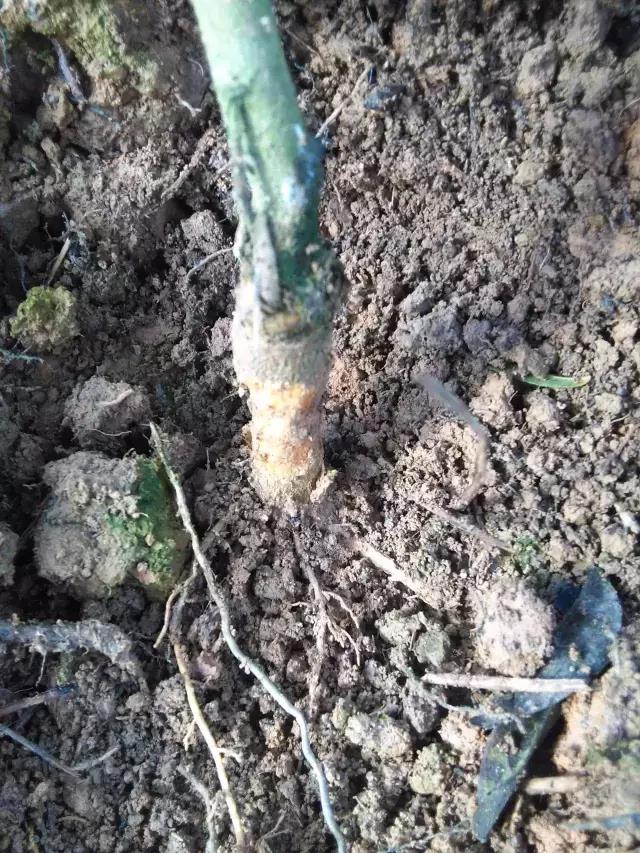
Lateral expansion will cause "circumcision" within 2 to 3 years, hindering and interrupting the transport of organic nutrients, resulting in dry branches and plant death. When the weather is dry, the diseased part often hardens and cracks, and the lesion spreads slowly or stops expanding. When the condition is serious, the midribs and lateral veins of the branches of the diseased tree or the entire canopy turn yellow, the leaves fall off early, the branches are dry, and the yellow leaves are formed, and the tree becomes weak.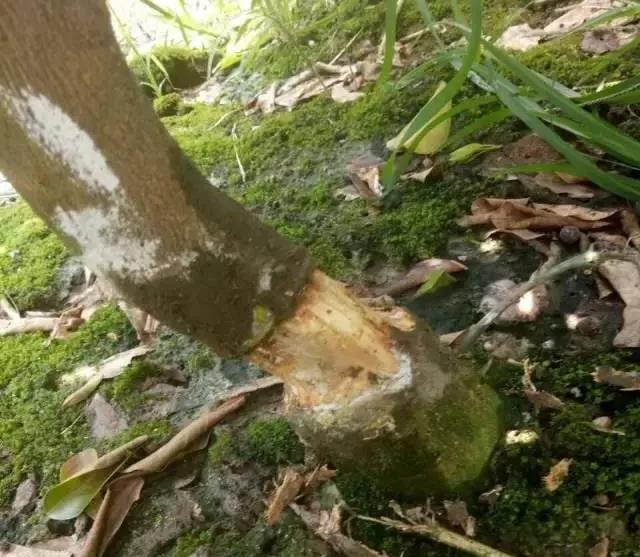
The disease-causing tree near death has a large number of flowering results in the same year or the first year. The flowering period is short, the fruit is early, the residual fruit is small, the coloration is early, the peel is thick and rough, and the taste is sour. If the spores of the pathogen are splashed on the fruit closer to the ground with the raindrops, they will get sick after infecting the fruit, which is called citrus brown rot, also known as citrus plague brown rot.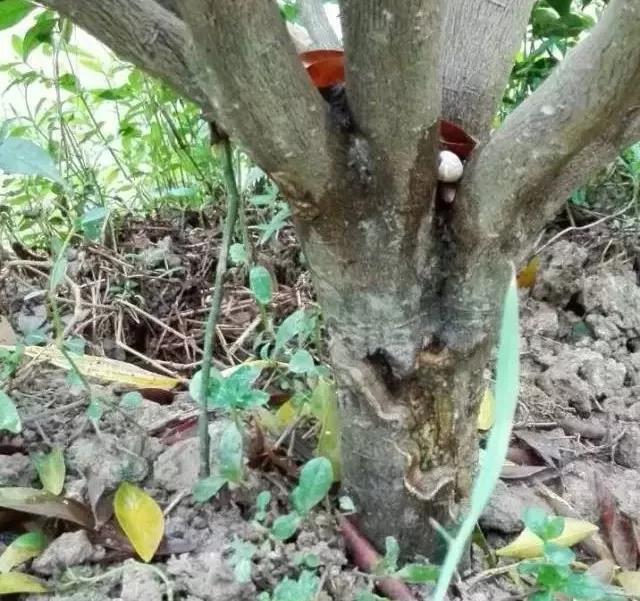
What is easy to get foot rot?
1
The occurrence of foot rot is closely related to rainfall and temperature. Phytophthora has water-like properties, mainly spread by zoospores swimming around in the water. The optimum temperature for growth and infection is 28 °C, and the infection capacity is significantly lower than 32 °C.
● In the field, foot rot begins at the end of February and early March, when the ground temperature rises to 15 °C.
● After the temperature rises after the spring, the disease gradually worsens. Especially in May and June, the rainfall increased, and after the rain turned clear, the high temperature and high humidity environment appeared, and the disease became more serious.
● From the end of June to July, the condition was stable, and the condition decreased in August. From late August to September, due to the continuous autumn rain, the disease rose again and there was a second peak incidence.
● The condition of the disease is declining in October, and the disease is stopped from November to December.
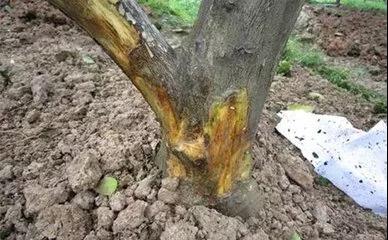
2
In general, sweet orange, lemon, kumquat and ponkan are the most serious, orange is the second, citrus is lighter, and medlar and lime, orange, and pomelo are highly resistant to disease. There are also many farmers who react with sour oranges.
3
The occurrence of foot rot is aggravated with the increase of the age of the tree. In the previous year, there were too many fruits, weak trees and old trees.
4
The soil is sticky and heavy, the water is accumulated for a long time, the drainage is poor, and the soil rot is too serious when the soil water holding capacity is too high; the flat or low concave of the orchard is also prone to disease.
5
Improper fertilization, improper weeding, burns or bruises on the base bark, and the trunk wounds caused by G. sinensis (Boleworm) and Tianniu are susceptible to foot rot.
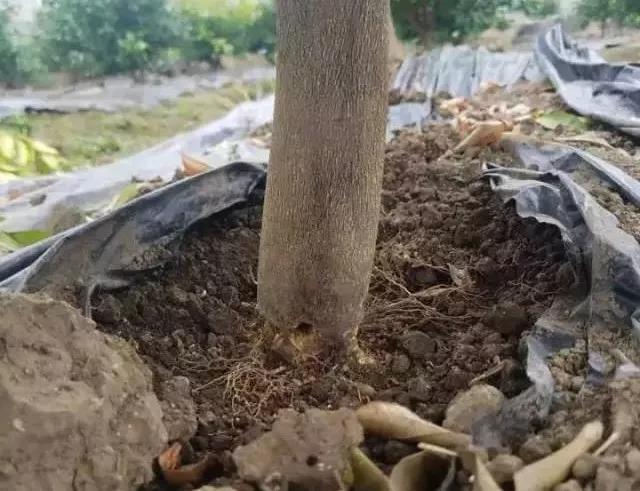
6
In these years, the pursuit of production, excessive cut, not pay attention to disinfection, foot rot is heavier, under moderate temperature and high humidity conditions, 4-5 days can show symptoms.
1
Because the foot rot is serious, the base of the trunk is rotted. At this time, many people can only cut off the tree. However, there is still a way to try it. If you use it well, you can save the sick tree and restore the vitality.
This method is “reliable”. It can be used to treat citrus trees that are seriously damaged by foot rot. It can also be used to replace unsuitable rootstocks or to add auxiliary rootstocks, or to rescue damaged roots and enhance the root system of the original plants. Absorptive capacity and the tree that protects the base from the pests such as the beetle.
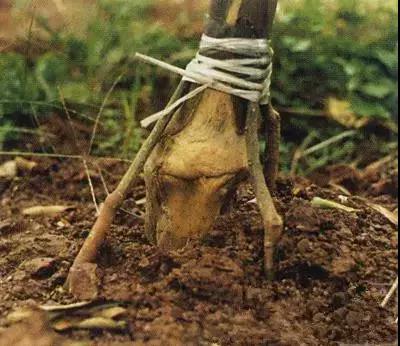
2
Prevention and treatment of citrus foot rot when the disease is not serious:
When planting young trees, try to let the marrying interface out of the ground and avoid infection.
Do a good job of drainage work and tree tray care. When weeding and fertilizing, the soil of the tree plate will be flat.
The orchard is supplemented with fully-fertilized organic fertilizer, biological fertilizer and other improved soil.
Pay attention to prevent damage, prevent bark damage, and control pests such as beetles.
Before and after the early summer, the root and neck soil of the suspected diseased tree is opened. Once the lesion is found, the decayed cortex and the discolored wood are scraped off, and then the pyraclostrobin is applied to the wound for protection.
Contact: Mr. Ma
Phone: +86-0374-5699688
Tel: +86-0374-5699688
Email: [email protected]
Add: Fine Chemical Industry Park, Jianan District, Xuchang, Henan, China